The Head Bonk of Acceptance

When your cat deliberately bumps their forehead against your face or body, they’re showing you the ultimate feline greeting. This behavior, called head bunting, is exclusively reserved for cats they consider family members. Wild cats and domesticated felines use this gesture to mark their scent and show deep affection to their clan. If your cat regularly gives you gentle head bonks, congratulations—you’ve officially been adopted into their feline social circle. The pressure and frequency of these bonks often increases when they’re particularly happy to see you, just like greeting a beloved littermate.
Slow Blink Communications

Those leisurely, deliberate eye closures your cat makes while staring at you aren’t signs of sleepiness—they’re cat kisses. Felines use slow blinking as a way to communicate trust and contentment with other cats they feel safe around. When your cat looks directly at you and slowly closes their eyes, they’re essentially saying “I love you” in cat language. You can actually communicate back by slowly blinking at them in return. Many cats will respond with another slow blink, creating a sweet conversation that strengthens your bond as perceived littermates.
The Kneading Ritual

If your cat pushes their paws against your lap, chest, or legs in a rhythmic pattern, they’re performing a behavior they learned as kittens. This kneading motion originally helped stimulate milk flow from their mother, and adult cats continue this behavior with creatures they view as family. The fact that your cat chooses to knead on you specifically means they see you as a source of comfort and security. Some cats get so relaxed during kneading sessions that they drool slightly, which is actually a sign of pure contentment. This intimate behavior is typically reserved for the cats they trust most in their social group.
Grooming Attempts on You
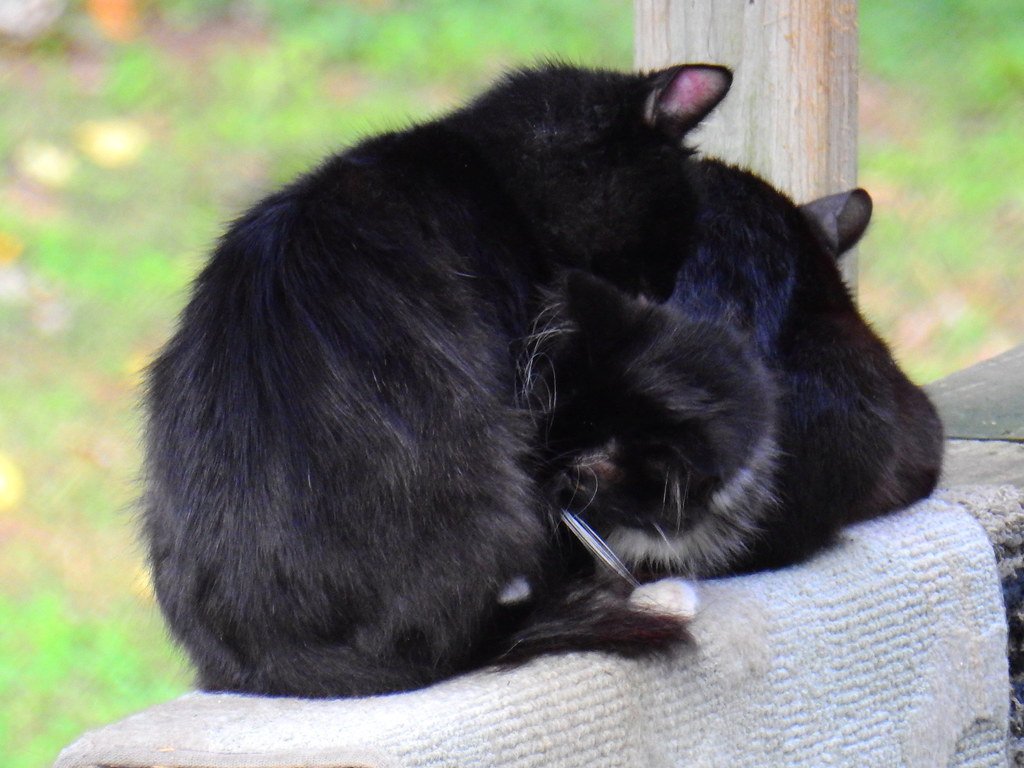
When your cat starts licking your hair, hands, or face, they’re trying to groom you just like they would another cat. Mutual grooming is a crucial bonding activity among felines, typically performed between cats who share a close relationship. Your cat’s rough tongue might feel uncomfortable, but this behavior shows they consider you part of their inner circle. They’re essentially trying to help you stay clean and smell like the family group. If you have multiple cats, you might notice they groom each other in the same gentle, methodical way they attempt to groom you.
Bringing You “Gifts”

Those dead mice, birds, or even favorite toys your cat deposits at your feet aren’t random offerings—they’re carefully chosen presents. In feline social groups, cats share their hunting successes with family members, especially those they perceive as less capable hunters. Your cat might think you’re a rather poor hunter who needs help acquiring food, which is actually a sign of caring concern. These gifts represent your cat’s desire to contribute to the household’s food supply and take care of their human family member. Even indoor cats who’ve never hunted might bring you their toys as symbolic prey offerings.
Following Your Daily Routine
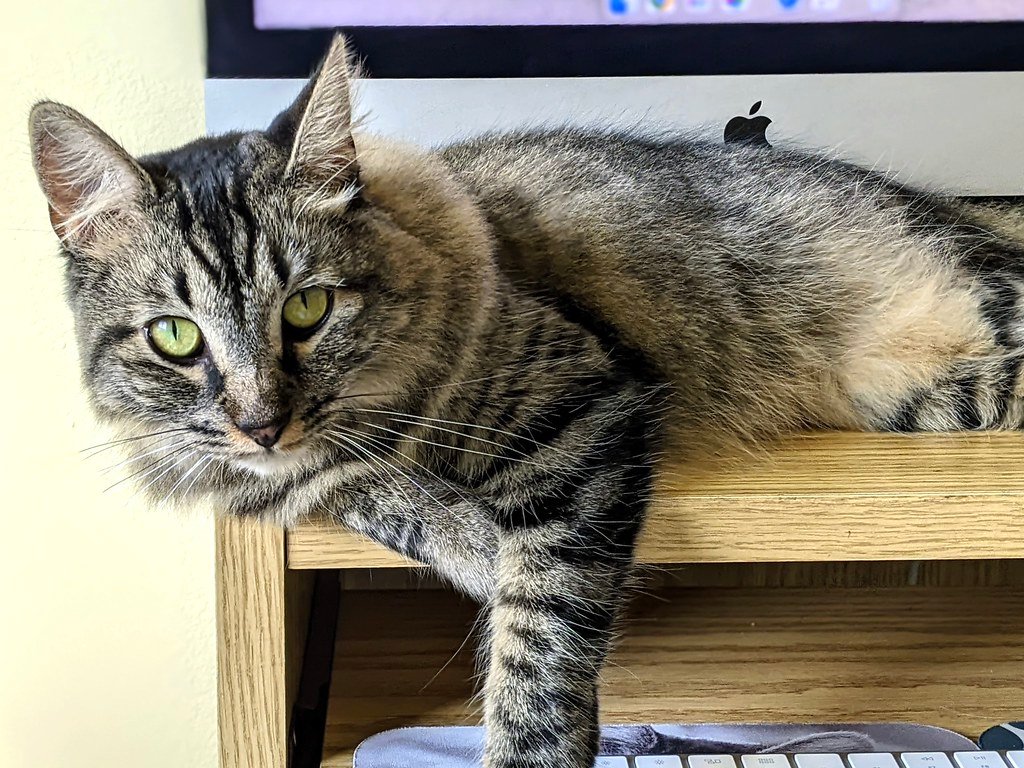
Cats are creatures of habit, and when they start mirroring your schedule, it shows they consider you part of their colony. You might notice your cat waking up when you do, appearing in the kitchen during meal times, or settling down for naps when you relax. This synchronized behavior is common among cats who live together and view each other as family. Your cat has essentially adopted your routine as their own, treating your activities as important pack behaviors worth participating in. They might even get anxious or restless when you deviate from your normal schedule, showing how much they’ve integrated your patterns into their daily life.
Sleeping Near or On You

A cat’s decision to sleep close to you is one of the strongest indicators that they see you as family. In the wild, cats only sleep near other cats they completely trust, since sleeping makes them vulnerable to predators. When your cat chooses your bed, your lap, or even just the same room for their naps, they’re showing ultimate faith in your protection. Many cats prefer to sleep touching their human in some way—a paw on your leg, their body against your side, or even sprawled across your chest. This contact mimics the way littermates sleep together for warmth and security throughout their lives.
Vocalizing Specifically for You

Adult cats rarely meow at other cats, but they develop special vocalizations for their human family members. If your cat has particular sounds they make only when interacting with you, they’ve created a unique communication system based on your responses. Some cats develop chirps, trills, or specific meow patterns that they use exclusively with their humans. These personalized vocalizations show that your cat has studied your reactions and adapted their communication style accordingly. They’re essentially speaking a language they’ve developed specifically for your relationship, just like cats in a colony develop familiar vocal cues with each other.
Territorial Behavior Around You
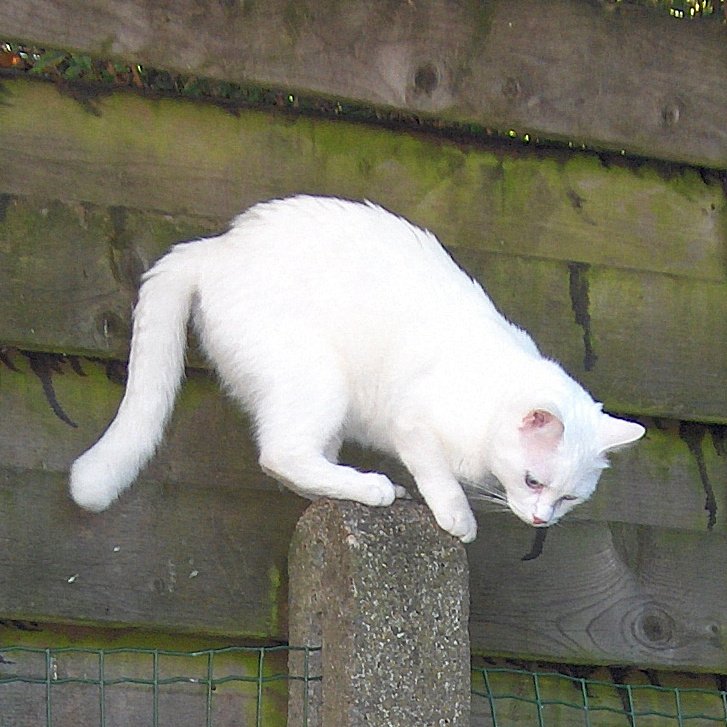
When your cat positions themselves between you and strangers, other pets, or even familiar visitors, they’re exhibiting protective behavior typically reserved for colony members. This guarding instinct shows your cat considers you part of their territory that needs defending. You might notice your cat becoming more alert or vocal when new people enter your home, especially if those people try to interact with you. Some cats will even follow you around the house when visitors are present, keeping a watchful eye on potential threats to their human family member. This protective stance demonstrates how deeply your cat has bonded with you as a fellow feline.
Showing Their Belly

A cat exposing their belly to you is an enormous display of trust, as this position leaves them completely vulnerable. While dogs might roll over for belly rubs, cats typically only show their stomachs to creatures they consider absolutely safe family members. Your cat might flop down near you and stretch out on their back, revealing their soft underside as a sign of complete relaxation. This behavior indicates they feel so secure in your presence that they’re willing to assume the most defenseless position possible. However, remember that unlike dogs, most cats don’t actually want their bellies touched—they’re simply showing trust through exposure.
Sharing Food and Water Sources
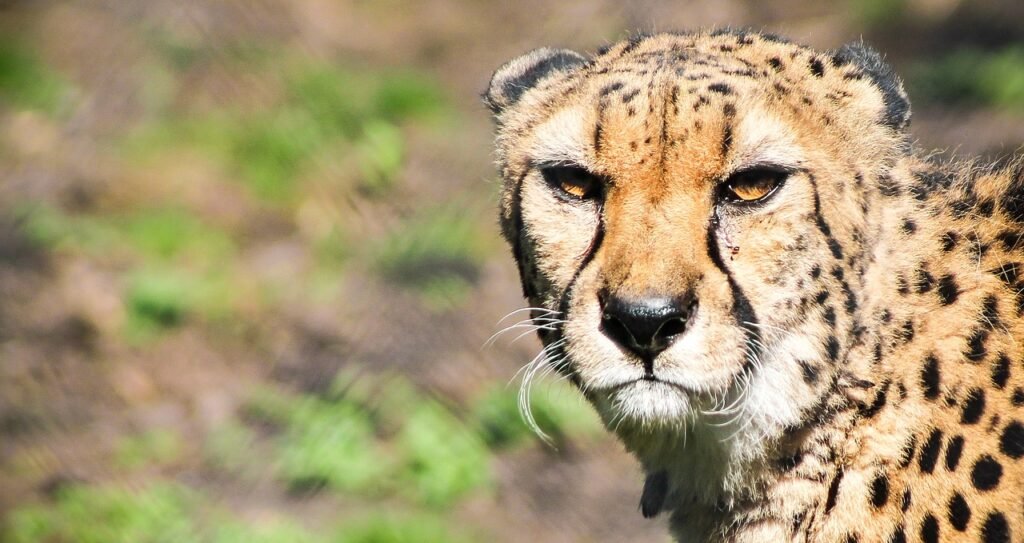
Cats who view you as family will often eat and drink more readily when you’re nearby, or even try to share your food and beverages. This behavior stems from the communal feeding practices of feline colonies, where related cats often eat in close proximity for safety and social bonding. Your cat might appear at their food bowl when you’re eating meals, or show interest in whatever you’re drinking. Some cats will even attempt to drink from your glass or eat from your plate, which, while not always hygienic, shows they consider you a trusted dining companion. This sharing behavior is particularly strong in cats who were raised with littermates and learned early that meals are social experiences.
Mirroring Your Body Language

Observant cat owners often notice their pets copying their postures or movements in subtle ways. If you sit down, your cat might also settle into a relaxed position nearby, or if you’re active and moving around, they might become more energetic too. This mirroring behavior is common among cats who spend significant time together and shows your cat is tuned into your emotional and physical states. They might stretch when you stretch, yawn when you yawn, or even adopt similar sleeping positions. This unconscious mimicry demonstrates the deep social connection your cat feels with you as a fellow feline family member.
Scent Marking and Rubbing
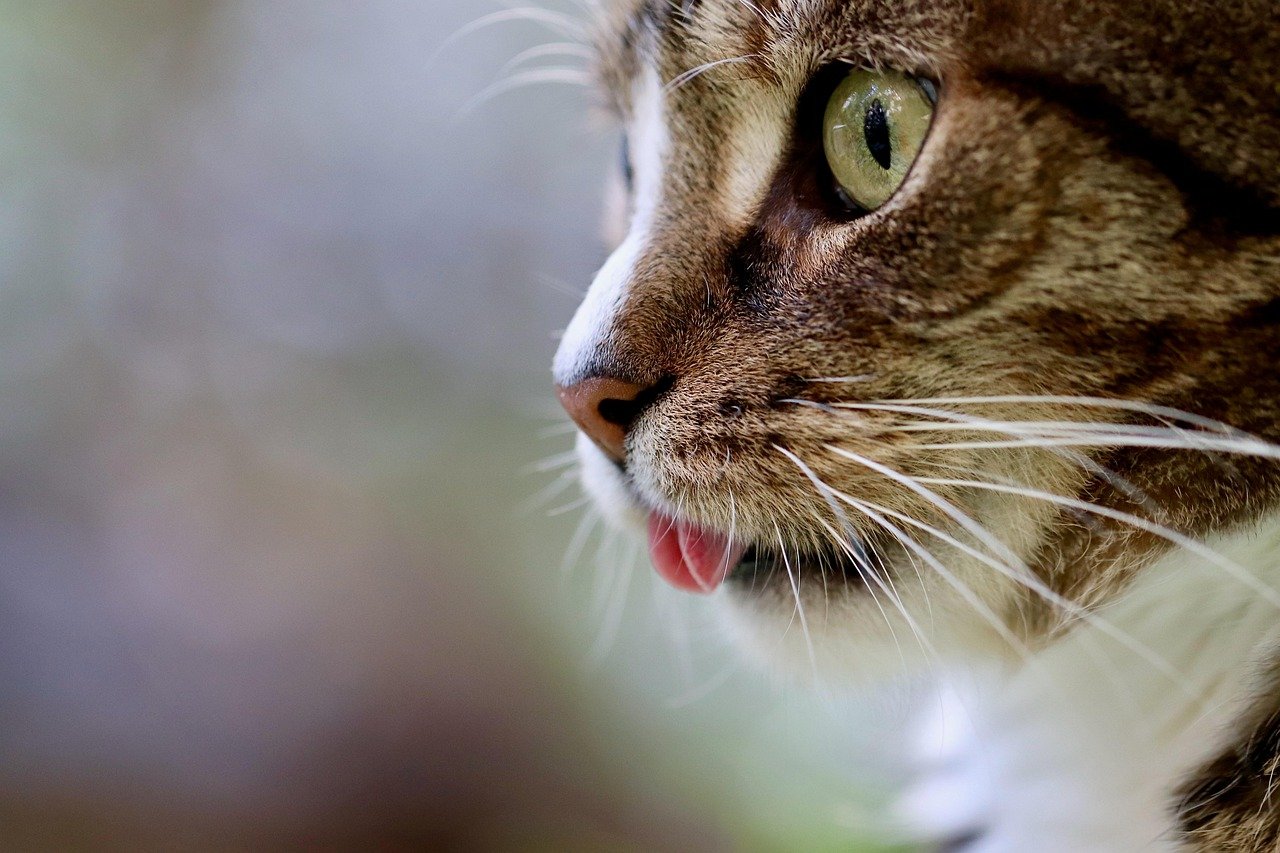
When your cat rubs against your legs, furniture you use frequently, or your belongings, they’re marking you with their scent to claim you as family. Cats have scent glands on their faces, paws, and other body parts that release pheromones used for identification and bonding. By rubbing against you, your cat is essentially saying “this human belongs to me” and mixing your scents together to create a family smell. You might notice this behavior is most intense when you return home after being away, as your cat works to refresh the scent markers that identify you as part of their territory. This scent mixing is crucial for feline social bonding and shows your cat considers you an integral part of their household colony.
Playing with You Like Another Cat

If your cat initiates play sessions with you using the same tactics they’d use with other cats—pouncing, stalking, or gentle wrestling—they’re treating you as an equal playmate. Cats typically reserve their most energetic and creative play behaviors for family members they feel completely comfortable with. Your cat might hide around corners to surprise you, bring you favorite toys to initiate games, or even engage in gentle “hunting” behaviors where you’re the target. This playful interaction shows your cat sees you as both fun and safe, two qualities they look for in their closest feline relationships. The complexity and frequency of these play invitations often increase as your bond strengthens over time.
Seeking Comfort During Stress
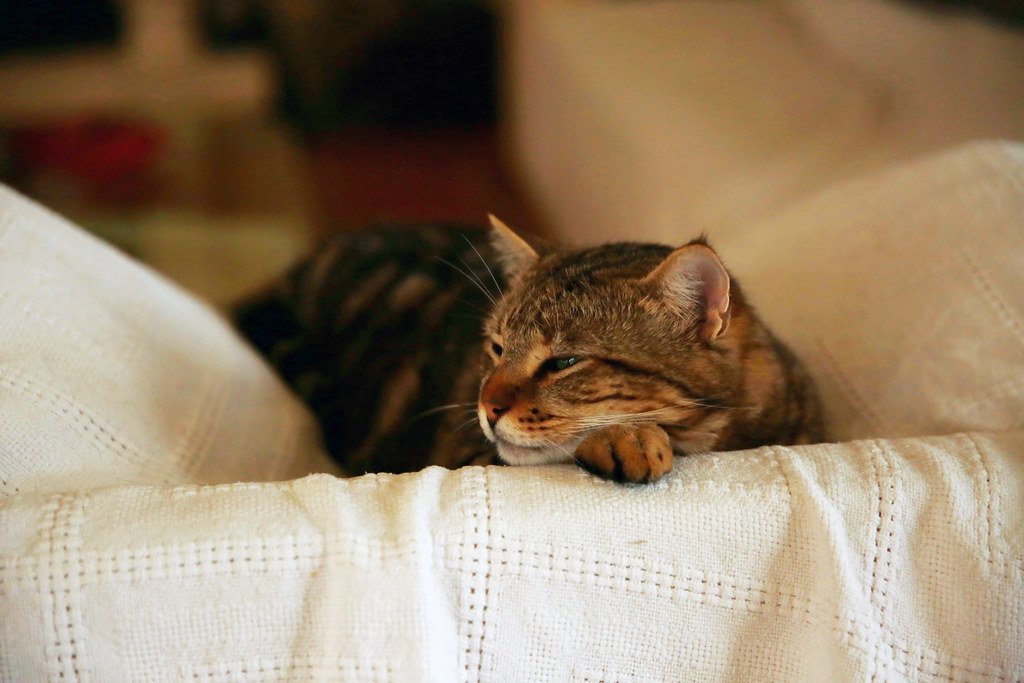
When your cat runs to you during thunderstorms, fireworks, or other stressful situations, they’re demonstrating the ultimate trust by seeking protection from their family member. Cats instinctively look to their colony for safety during frightening experiences, and your role as their chosen protector shows how completely they’ve accepted you into their social structure. You might notice your cat becomes extra clingy during times of change or uncertainty, following you more closely or insisting on more physical contact. This stress-seeking behavior proves your cat doesn’t just tolerate your presence—they actively depend on you for emotional security the same way they would rely on littermates or parent cats. Their willingness to be vulnerable with you during difficult moments shows the depth of your feline friendship.
What signs have you noticed that suggest your cat sees you as just another member of their feline family?
Hi, I’m Bola, a passionate writer and creative strategist with a knack for crafting compelling content that educates, inspires, and connects. Over the years, I’ve honed my skills across various writing fields, including content creation, copywriting, online course development, and video scriptwriting.
When I’m not at my desk, you’ll find me exploring new ideas, reading books, or brainstorming creative ways to solve challenges. I believe that words have the power to transform, and I’m here to help you leverage that power for success.
Thanks for stopping by, Keep coming to this website to checkout new articles form me. You’d always love it!






